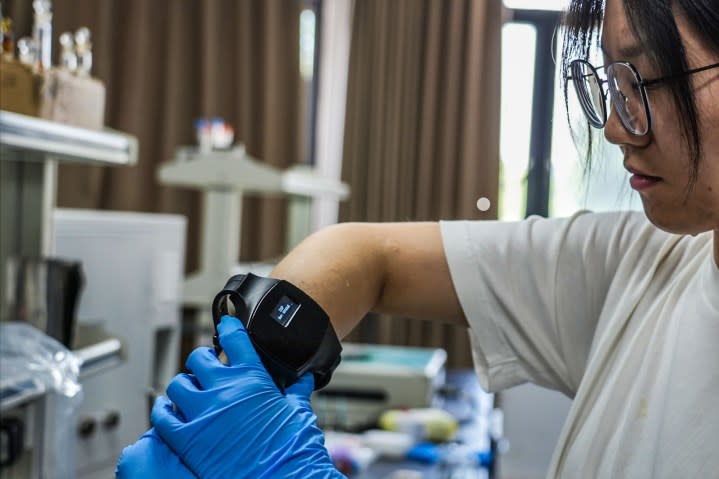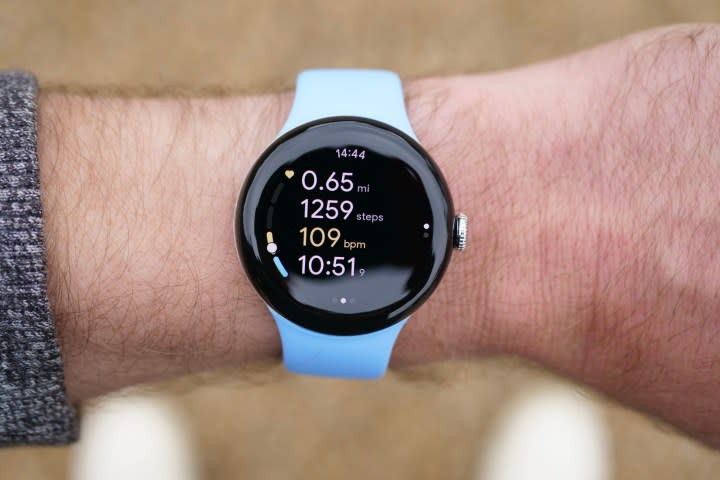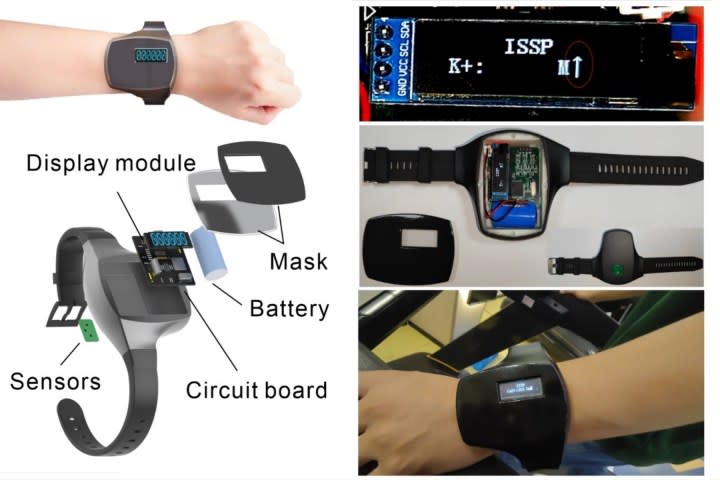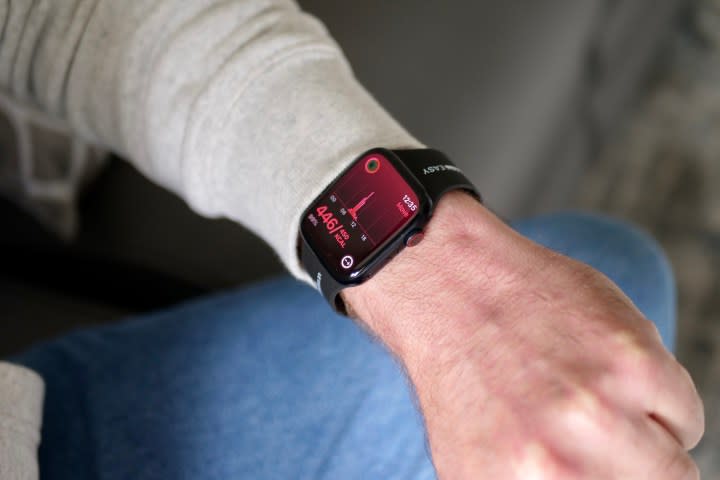Your next smartwatch could analyze sweat to mine invaluable health data

Over the past few years, scientists have been eyeing sweat as the next breakthrough avenue for wearable devices. So far, the tech hasn’t seen commercialization from the likes of Apple or Samsung, but the work continues. The latest device is a “sweat sensor smartwatch” that is capable of continuous sweat analysis to identify the chemicals in human sweat.
The smartwatch in question — developed by a team at the Institute of Solid State Physics at the Hefei Institutes of Physical Sciences, Chinese Academy of Sciences — can accurately measure the concentration of crucial ions like potassium, sodium, and calcium. Notably, the watch is not only capable of reliable long-term analysis, but also real-time evaluation of aforementioned ions.
Why sweat analysis is important

A proper analysis of these ions can reveal a ton of crucial information, especially for athletes. Assessing the loss of ions through sweat can help with the planning of personalized liquid and electrolyte replacement strategies. This not only helps with addressing the electrolyte balance in the body, but can also assist with heat-induced cramps.
A personalized approach is extremely important here since every person loses a different amount of sodium through sweat depending on workouts. Sodium plays a crucial role in maintaining fluid balance, nerve impulse transmission, and muscle movements. Potassium loss, on the other hand, is also worth monitoring, owing to its role in regulating pH balance, blood pressure, and heart health.
The future of smartwatches is nigh

The smartwatch described above relies on a microfluidic chip, a standardized sensor array, and a signal processing unit. The solid interface designed for the wearable includes multiple sweat-sensing modules that allow simultaneous analysis of multiple ions.
The most promising engineering aspect of the smartwatch is that it involves “mass-manufactured sensor arrays,” which enable “highly selective monitoring” of calcium, potassium, and sodium ions. Longevity is another aspect that raises hope for mass adoption of this technological development.
“It can consistently monitor the three ions in human sweat for over six months, surpassing the stability of many other sensors that have been reported,” says the team behind the project. A research paper, which has been published in the ACS Nano journal, mentions that the scalable sensor fabrication adopted for this smartwatch will serve as the foundation for developing reliable sweat-sensing wearable devices in the future.
Interestingly, this won’t be the first development of its kind, even though it’s one of the most promising implementations. Just over a year ago, experts at the Korea Institute of Science and Technology developed a wireless wearable sensor patch for continuous sweat analysis. Its ingenious engineering also reduced the chances of false readings with a channel system that continuously removed old sweat samples in favor of freshly secreted fluid.

Another reason why sweat analysis could prove to be the next wearable breakthrough is the assessment of the lactate content, in addition to metal ions. Lactate levels are one of the most reliable markers for measuring workout intensity and predicting muscle fatigue. A team from the Tokyo University of Science recently developed a microfluidic sweat lactate sensor that overcomes the notorious air bubble problem.
Experts at the same institute also managed to integrate a sweat biosensor capable of measuring chloride ions on a fabric-based material. In 2021, scientists at the Korea Institute of Materials Science (KIMS) reported the development of another sweat-based wearable sensor that could detect the presence of illegal drugs in the body.
Experts in the field tell Digital Trends that advances in microfluidics are quite promising. Nuclear magnetic resonance (NMR) spectroscopy is another avenue that is also being seen as the future, but it seems that commercial implementation is still a few years away, due in part to the long process of clinical validation and regulatory approvals.

